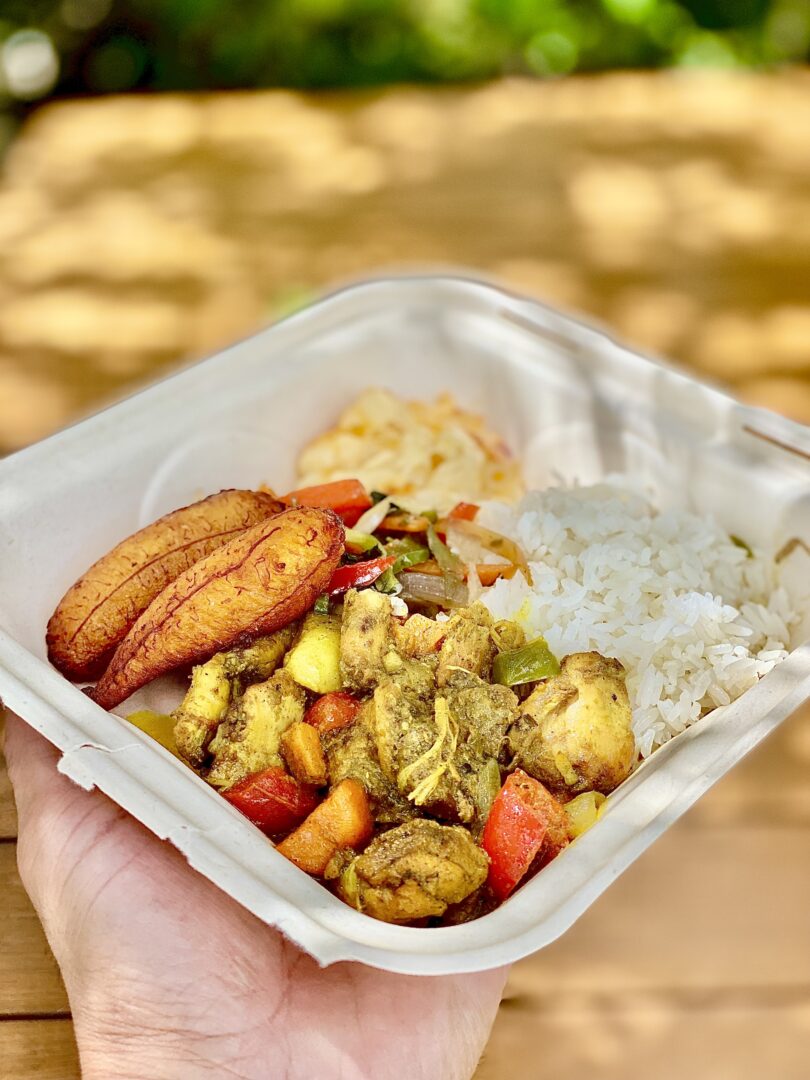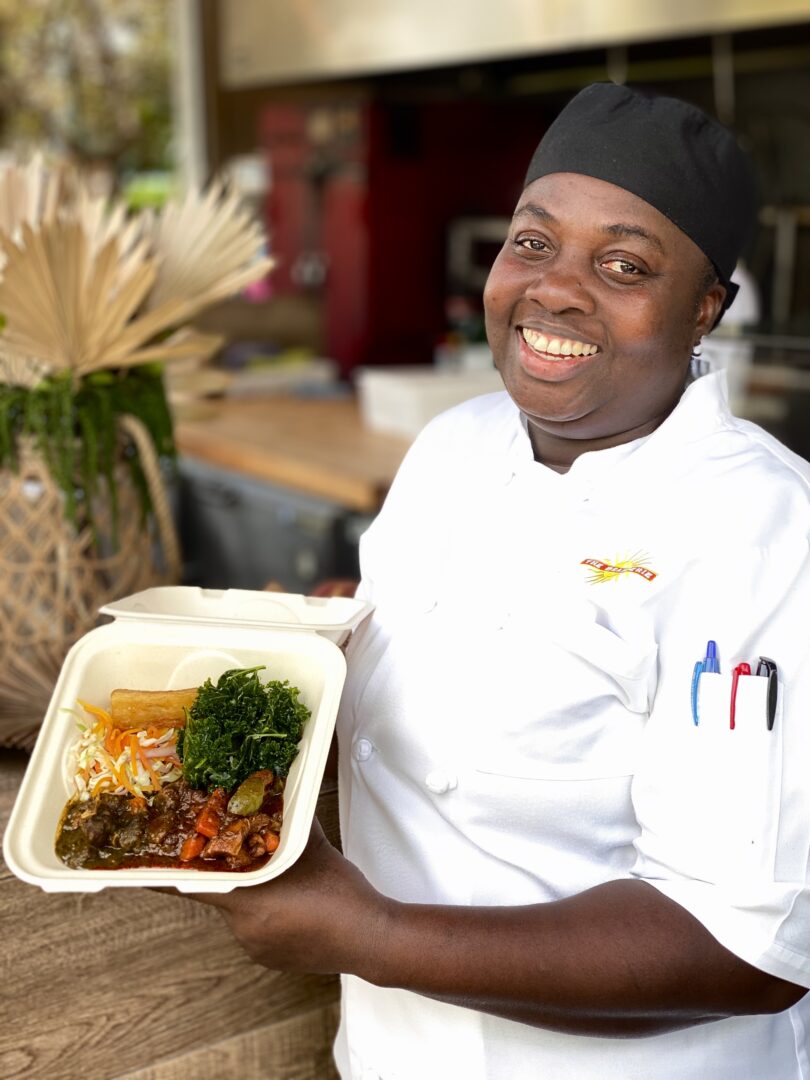In the heart of Grand Cayman’s Cricket Square, the Caboose is redefining what it means to celebrate Caribbean cuisine. With its new menu inspired by time-honoured island traditions, the beloved smokehouse is paying tribute to the flavours that shaped Cayman’s culinary identity—one slow-cooked dish at a time. From the comforting aroma of turtle stew to the vibrant spice of curry shrimp and escovitch fish, the Caboose brings the warmth of Caymanian home cooking to the table while honouring the people, history and passion behind every bite.

Caribbean food is a rich blend of history, culture and family – a story told through spices, flavours, and generations of cooks who have turned simple ingredients into extraordinary dishes. Among the islands that embody this vibrant culinary heritage, Cayman stand out for their unique fusion of Caribbean, British and international influences. Caymanian cuisine is both a reflection of the broader Caribbean story and a distinct celebration of island life, family and tradition.
The history of Caribbean food is one of resilience and creativity. The region’s cuisine evolved from the convergence of Indigenous, African, European and Asian cultures over centuries. In the Cayman Islands, early settlers relied on the land and sea for sustenance—root vegetables, tropical fruits, and, most importantly, the abundant seafood surrounding the islands. The Caymanian table was built on what was available: fish, turtle, conch, and local produce such as cassava, plantain, and breadfruit. These humble beginnings gave rise to dishes that today define Caymanian identity.
Among the signature dishes of the Cayman Islands is turtle stew, a meal deeply rooted in tradition. Once a staple of survival for seafaring Caymanians, it remains a cherished national dish, symbolizing the island’s maritime heritage.
Here is a meaningful excerpt from The Brasserie’s blog post “The culinary culture behind turtle stew” which gives real insight into this iconic dish:
“Every Friday morning Miss Marvel walks over to her stove in East End and pulls out an enormous pot steaming with slow cooked turtle stew. … The turtle meat comes from the Cayman Turtle Farm and is dropped off to Miss Marvel on Wednesdays where she makes the dish in her own home. … ‘Two hours on the fire and two hours slow cooking in the oven. The secret ingredients? Onion, salt and pepper.’”
Another favourite is conch stew or conch fritters, showcasing the islanders’ skill in turning fresh seafood into comfort food. Cayman-style beef, slow-cooked and tender, often served with rice and beans, echoes the Sunday family gatherings that define Caymanian hospitality. Fish rundown—a coconut milk-based stew cooked with salted fish, breadfruit, and plantains—is another local favourite that embodies the heart of home cooking.

At the same time, tradition meets innovation in the island’s dining scene. The Caboose, located in Cricket Square, introduces a new Caribbean-influenced menu alongside its signature barbecue and smoked-meat offerings. Patrons can choose from Jamaican Curry Shrimp, Escovitch Fish, Brown Chicken Stew, Cayman Turtle Stew and Oxtail & Beans — and pair them with hot and cold sides such as steamed cassava, rice & beans, breadfruit salad and fried plantains. The menu’s blend of Caribbean flavours, locally-sourced ingredients and smokehouse tradition underscores how Cayman cuisine continues to evolve while staying grounded in its roots.
What makes Caymanian food so special is the deep sense of family and community that surrounds it. Cooking is often a shared experience—mothers and grandmothers passing down recipes by word of mouth, teaching the younger generation how to season, stir and taste. In many homes, meals are prepared not just for nourishment, but as a way of showing love and care. Family gatherings, especially on Sundays, are sacred times filled with laughter, conversation, and the irresistible aroma of traditional dishes.
Caymanian cuisine, much like its people, has adapted gracefully to modern times. While traditional recipes remain at the heart of island cooking, influences from neighboring Caribbean islands and international cultures have added new layers of flavour like jerk snapper tacos or cassava cake desserts infused with tropical twists. Yet, no matter how the food evolves, the foundation remains the same: fresh ingredients, bold flavours and the warmth of shared experience.
To taste Caymanian food is to taste the soul of the islands. It reflects their history, a tribute to the sea that sustains them, and a celebration of the families who keep their traditions alive. Every bite carries the rhythm of the Caribbean—rich, layered, and full of life—reminding us that food is more than sustenance; it is heritage, connection, and love passed down through generations.You can read more about the new Caboose menu and the culinary genius behind the dishes, Chef Lookie, on The Brasserie’s Blog here.

